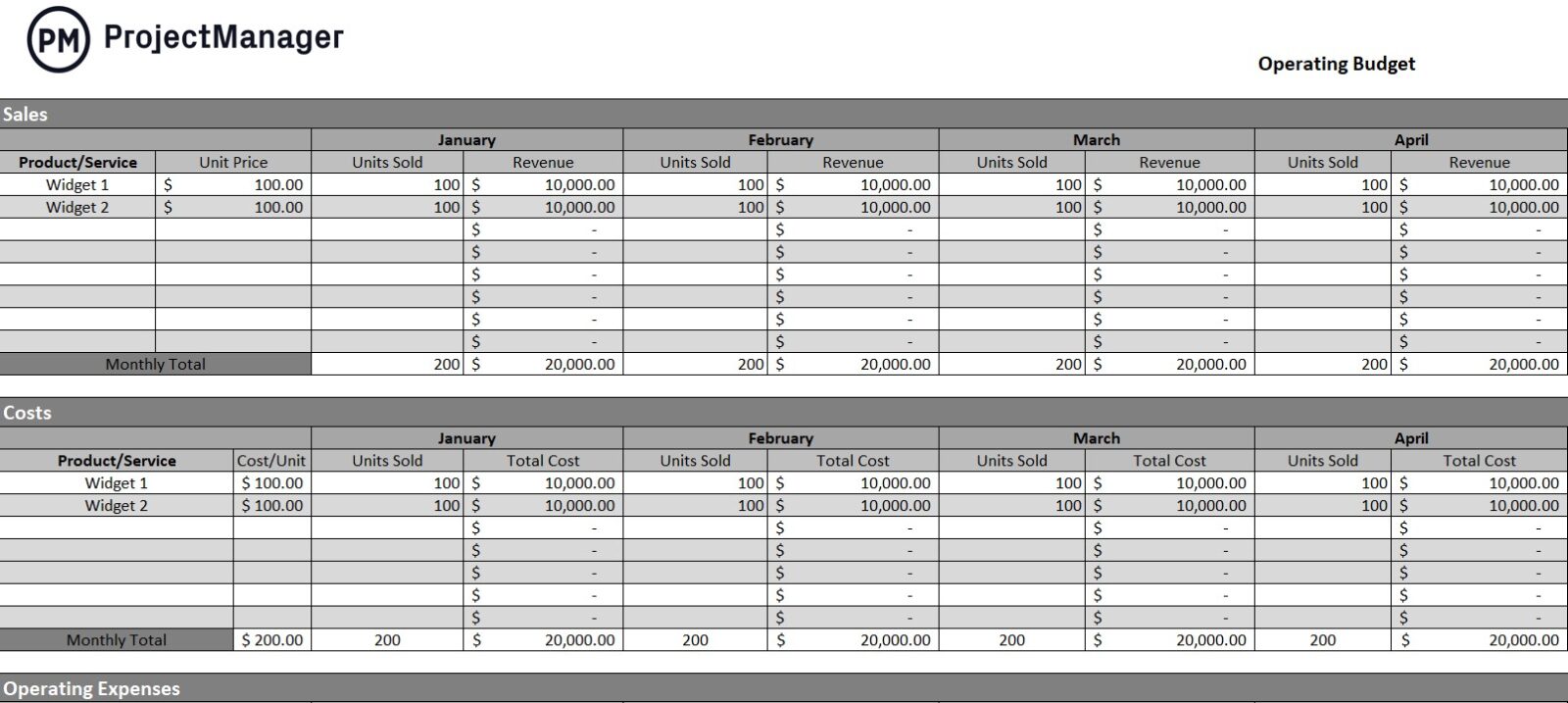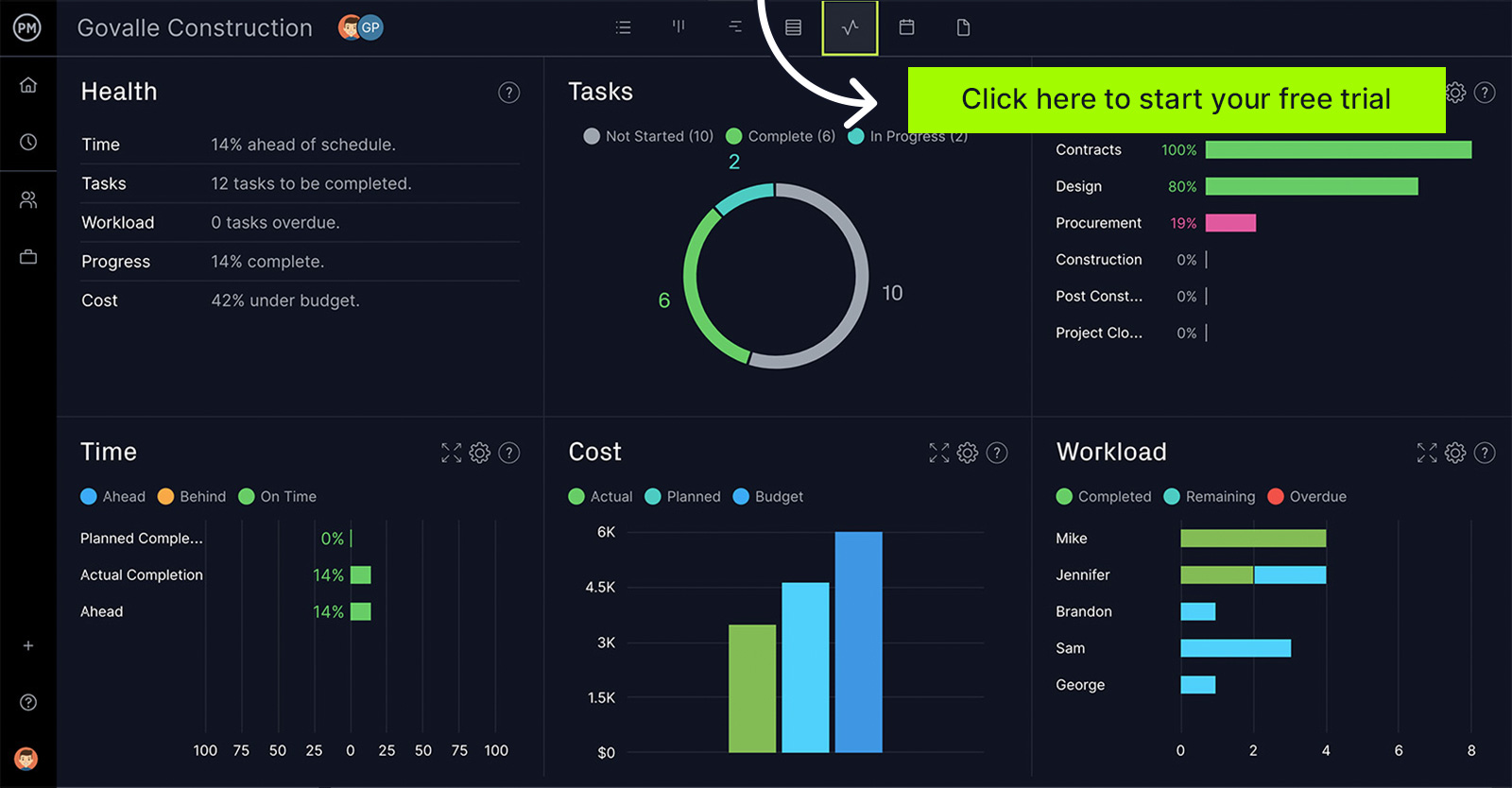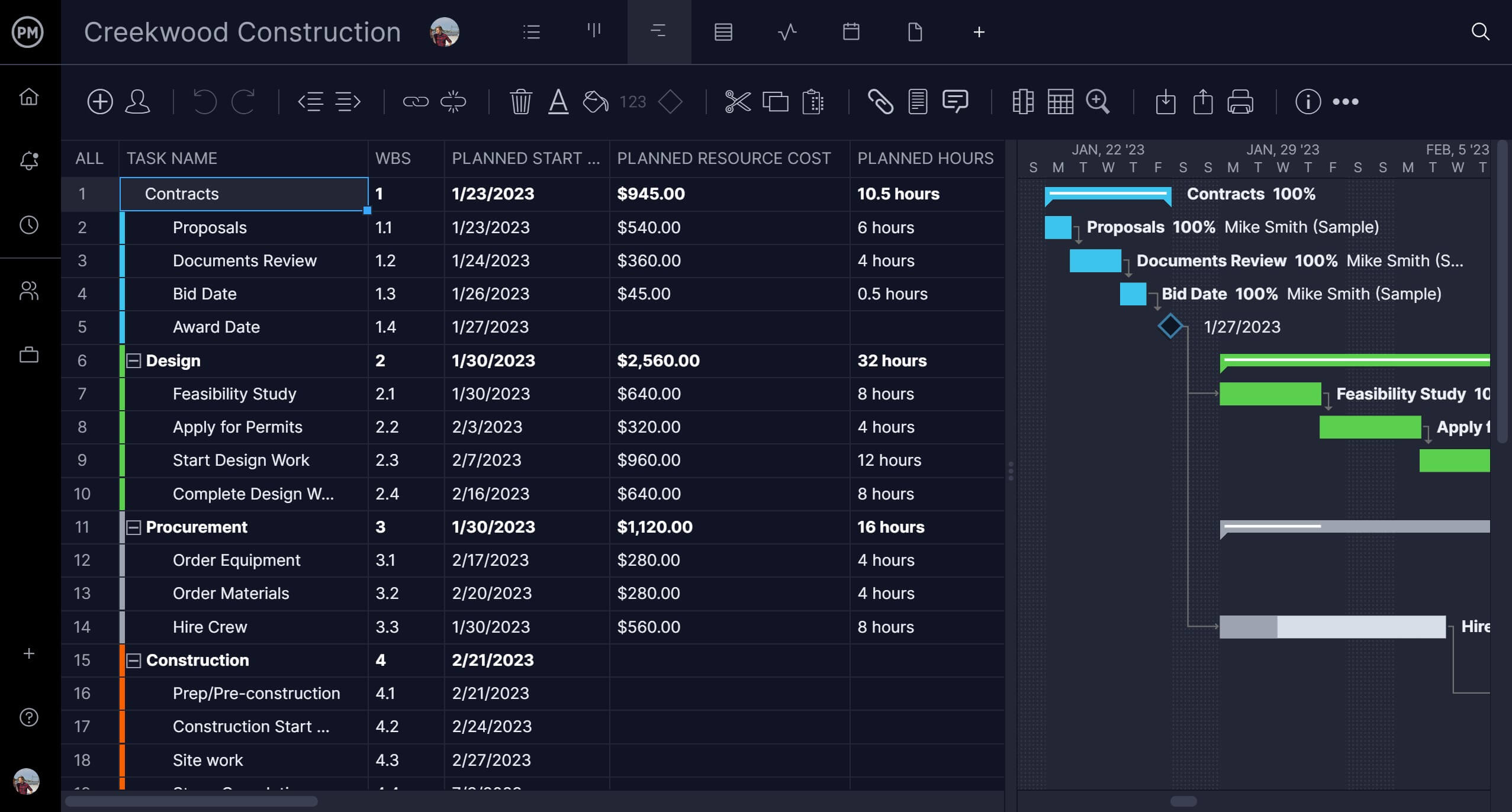No matter what business you’re in, you need an operating budget to help you forecast revenue and expenses over a period of time. It’s an essential operations management tool to formulate the budget for the quarter or year ahead.
Use our free operating budget template for Excel and map out your expected costs for the year and create a more accurate budget. Download the free template now.

What Is an Operating Budget?
An operating budget is a detailed look at the coming year or quarter and accurately predicts the revenue and expenses an organization is expected to make over that period. This is usually done in the fourth quarter, at the end of the year, to show what activity is expected for the new year. It’s a plan of sorts for how an organization spends its money over a period, including revenue, fixed cost and variable costs.
But there’s much more that an operating budget offers than the financial picture ahead. It’s also used by organizations to set their business goals for the coming year and make them realistic. The operating budget template can be used by managers at the end of each month to determine if their actual results match the operating budget.
The operating budget can be used to look back over the month or quarter and see if sales were as predicted, if there were any unexpected expenses and whether the annual balance needs to be adjusted to consider what was learned over the last month or so. The ability to analyze the results helps organizations to adapt, update and remain strategic as business conditions change.
To monitor all these metrics, you’ll need project management software. ProjectManager is online project management software that captures real-time data that helps you make more insightful business decisions. Our real-time dashboard automatically collects project data and displays them in easy-to-read graphs and charts. That makes it easy to see metrics on cost, time and more. There’s no time-consuming setup that you’ll find with lightweight tools. Simply toggle to the dashboard and you’ll have a high-level view of your project.

Why You Should Use an Operating Budget Template
There are many reasons to use an operating budget template. It clearly is important to plan the day-to-day operations of a business to make sure you have the budget to do what you want to do. It allows you to tweak your budget by reflecting on how you performed for a month compared to your projection for that month.
The operating budget is important, too, in that it creates financial accountability and plans and manages resources. It also tracks income and expenses, identifies cost drivers and helps to pinpoint where reductions can increase cost efficiency and profitability.
Looking back at actual expenses is a great way of more accurately estimating what expenses will be for the next year. An operating budget template for Excel can provide valuable data on where you were right and where you went astray when forecasting the previous year’s budget. This can then inform you on making adjustments to fine-tune your operating budget and keep closer to it in the coming year.
When Should You Use This Operating Budget Template?
In general, an operating budget is created prior to the start of the financial year. They’re made as a schedule that shows projected income for the coming year, allowing management to understand what the monthly expenses will be.
The operating budget template is a document that provides the necessary fields in which all the data that must be collected is provided. It helps management with the preparation of the financial budget, which is done after the creation of an operating budget, as the operating budget provides the financing activities that’ll impact the budget.
Related: Free Operational Plan Template
How to Use This Operating Budget Template for Excel
No business, small or large, should neglect the importance of an operating budget. Our free template makes it easier to assemble the numbers and determine what the revenue and expenses of the coming year will be.
Download the free operating budget template for Excel and you’ll find a fully customizable Excel spreadsheet. We created a sample operating budget, but each business has its unique properties and those can be edited into the document.
Sales Budget
The first step is to figure out how many products or services you’ll sell over the year. You’ll want to define the cost for each unit and how many you plan to sell. We’ve broken this up over 12 months, but you can make it quarterly if you prefer. The cost multiplied by the amount sold will equal the revenue. The columns for the amount and revenue are added up at the bottom of the column to show the monthly total.

Costs
The sales budget has been made, now it’s time to budget the costs. These are direct expenses that are associated with the product or service you’re providing. Direct costs are everything from the materials you use in production to the labor cost. On our template, you’ll want to list those costs under the product or service column. Then the cost per unit, units sold and those two columns will multiply to equal the total cost column. This is repeated across the 12 months of the year and totaled at the bottom of each column.

Operating Expenses
List all your expenses in the first column by category. Now in the next columns, add the fixed and variable expenses for each of the categories you have in the first column. Now let’s define the terms. Fixed expenses are those that are the same each month or year, such as rent. Variable expenses are those that are not, they vary from month to month, such as supplies. The fixed and variable expenses for each month are added up and totaled at the bottom of that monthly column.

Unexpected Expenses
Remember, an operating budget is no guarantee of expenses and revenues. It’s a guess, a well-researched one, but still just an estimate. There are sure to be unexpected expenses and this section is where you pad the operational budget to take that into account. To provide yourself a cushion, either figure out a dollar amount for what you think the unexpected expenses will be and then divide that by 12 for the months of the year. Or you can increase your monthly expenses by whatever percentage you believe will cover those unexpected expenses.
Once you’ve decided on which method is best for you, then adjust your budget by following this formula:
Revenue – Costs – Expenses – Unexpected Expenses = Net Income.
More Free Templates to Help With Operating Budgets
An operating budget is a big project and one that can benefit from supporting templates to help you get all your costs in line. Our site has dozens of free project management templates for Word and Excel that cover all the phases of a project. Here are just a few that relate to operating budgets.
Work Breakdown Structure Template
In order to get an accurate tally of what your costs will be when developing your operating budget, you need to know all the deliverables in the production of your product or service. Our free work breakdown structure template makes sure you don’t miss anything.
Estimate Template
To help ensure that your budget forecast is accurate, you can use our free estimate template for Excel. It allows you to identify all project costs, including those for labor, materials, etc. The more accurate your estimate the more likely you’ll keep to your budget.
Project Budget Template
Another free template that can help with operating budgets is our project budget template, which can help you further estimate costs related to whatever product or service you’re making. There are fields to capture labor costs, consultant feels, software licenses and more.
Related Operating Budget Content
ProjectManager is more than just free templates. We’re powerful project management software that can help you track your costs in real time. If you’re still interested in reading about operating budgets, we’ve got a lot more for you to explore. Our site is an online hub for all things project management. We publish weekly blogs, guides, video tutorials and much more. Here’s a sampling of some of those posts that relate to operating budgets.
- Operational Planning: How to Make an Operations Plan
- 7 Steps for a Successful Project Budget
- Operational Efficiency: A Quick Guide
- Operational Strategy: A Quick Guide
- Operational Excellence: Principles & Methodologies
How ProjectManager Helps You Track Your Operating Budget
Making an operating budget is one thing, but keeping to it is another. In order to avoid overspending, you must be able to capture what you’re spending when you’re spending it. ProjectManager is award-winning project management software that helps you plan, manage and track your budget in real time. We have multiple project views that allow everyone from management to teams to work how they want with the most current data to keep them on the same page.
Manage Your Budget on Powerful Gantt Charts
An operating budget goes hand-in-hand with planning and scheduling, all of which you can manage with our robust Gantt charts. You can organize tasks, link all four types of task dependencies and even filter for the critical path. Once you have all your costs and resources scheduled, set a baseline. This captures your plan and allows you to track your progress in real time by comparing the actual progress against your planned progress.

Stick to Your Budget With Customizable Reports
Operating budgets aren’t static documents. They must be reviewed and revised. But to make informed decisions about your budget, you need to monitor how much you’re spending. Our real-time reporting features allow you to capture live data on cost, time and many more metrics with just a couple of keystrokes. Each report can be filtered to show only the data you want so you can zero in on what’s important. Plus, it’s easy to share the reports in a variety of formats to keep stakeholders updated.

That’s just a sampling of what our software can do. There are also task management, resource management and risk management features that help you stay productive and keep to your budget and deliver on time. Meet your yearly goals by managing your work with powerful project management software.
ProjectManager is award-winning software that empowers teams to plan, manage and track their work in real time. We have multiple project views that allow everyone to work how they want while updating all tools with real-time data so everyone is working on the same page. Join teams at Avis, Siemens and Nestle who use our software to deliver success. Get started with ProjectManager today for free.
